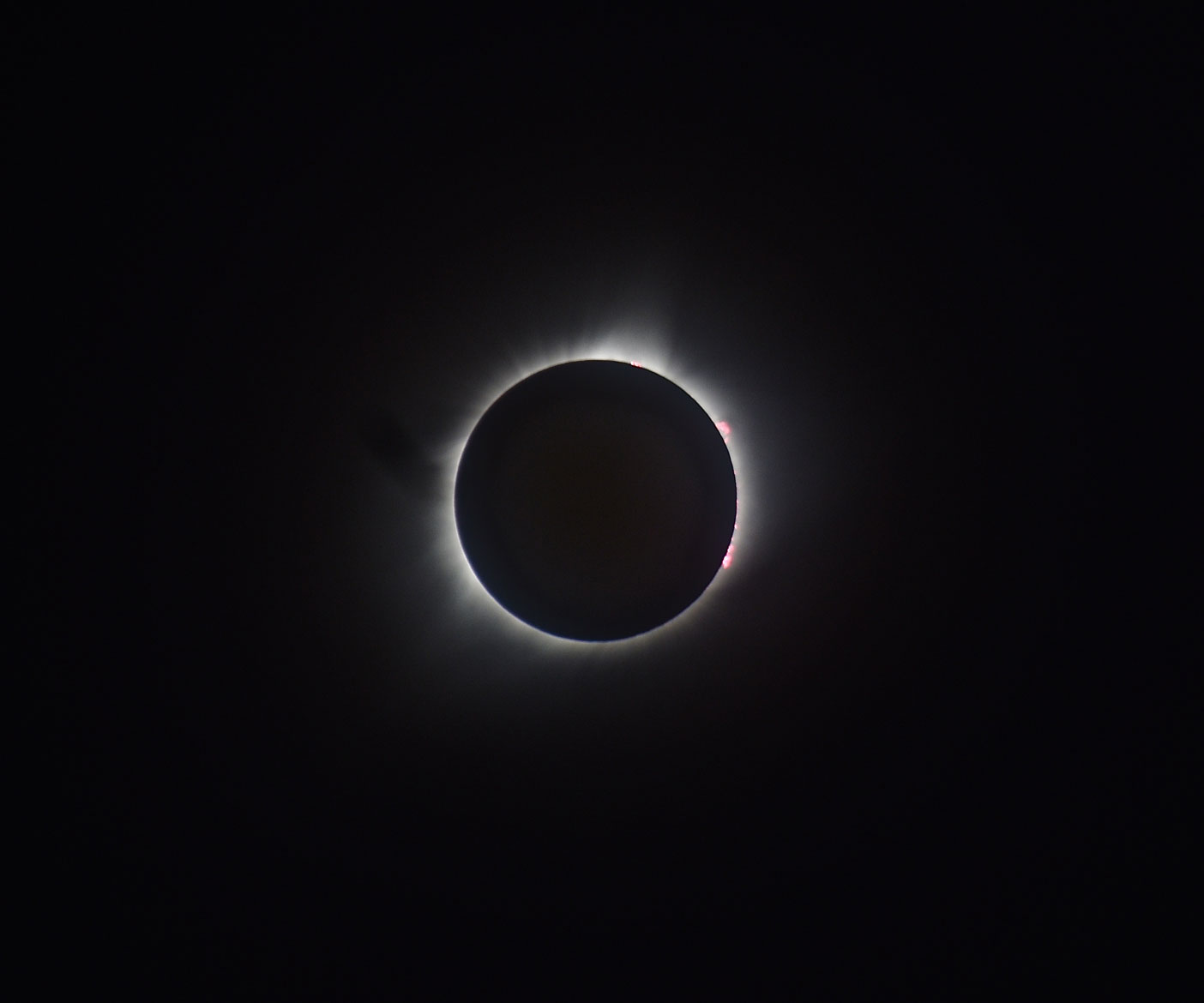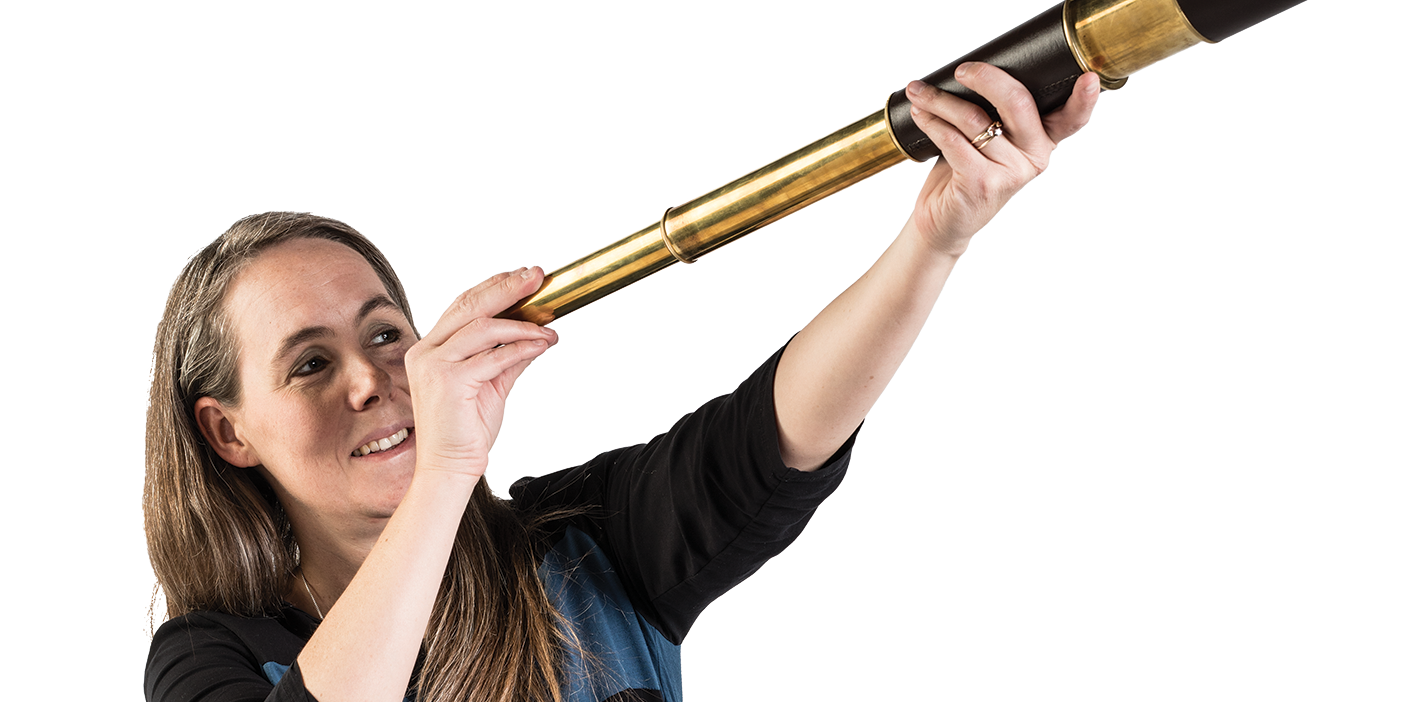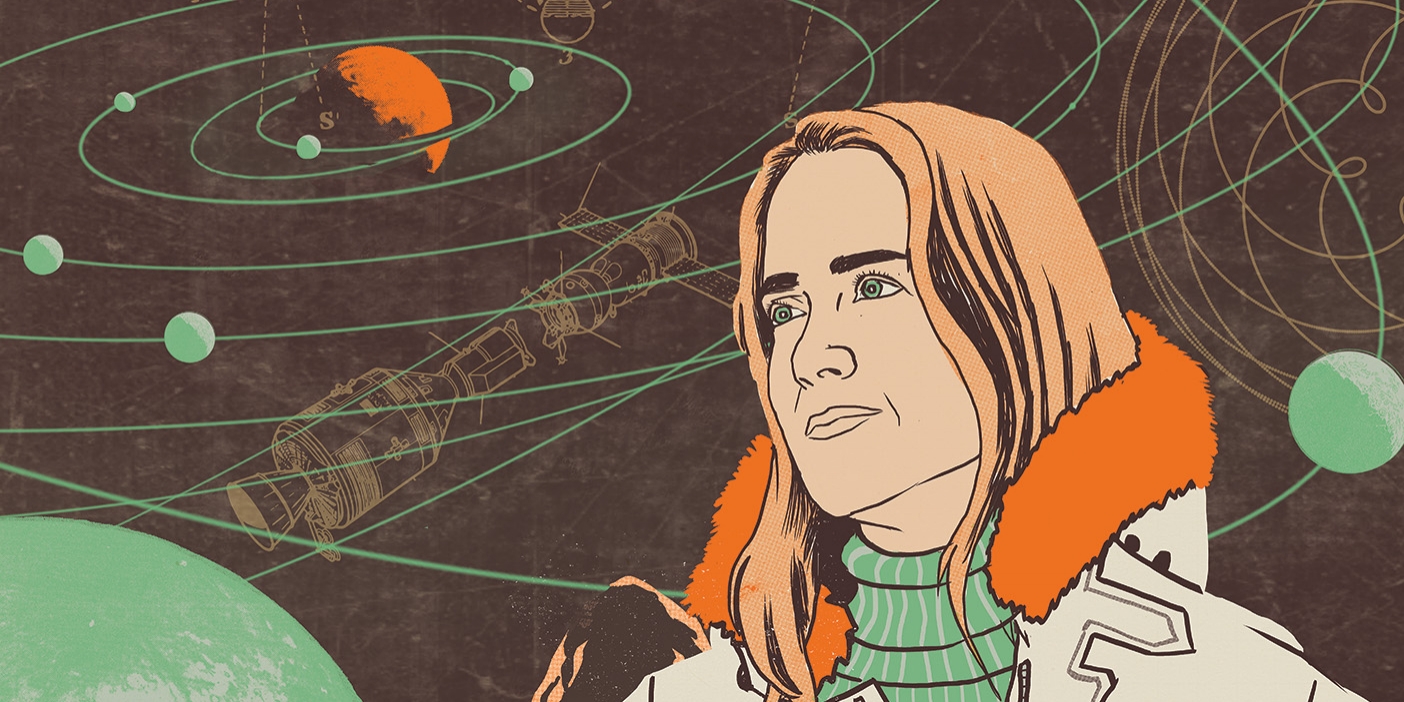Where does the 2017 total solar eclipse stack up against things you could observe in a lifetime? We asked physics and astronomy professor Michael D. Joner (BS ’79, MS ’81, PhD ’11). Here he shares his most jaw-dropping looks at the skies.
Auroras, sun dogs, zodiacal light, eclipsing binaries, pulsating variable stars, exoplanets, supernovae, active galaxies—I’ve seen a lot in my 35-year career. But the following are the most dramatic or influential sights I have witnessed with my own eyes—my top viewing experiences listed in order of when I saw them. Each caused me to think about what I was seeing in a different way.
1. The Moon:
When I was 10 or so, I viewed the Moon through a small telescope—a much better view than Galileo had with his first telescope—and I was able to clearly see mountains, maria and countless craters in great detail.
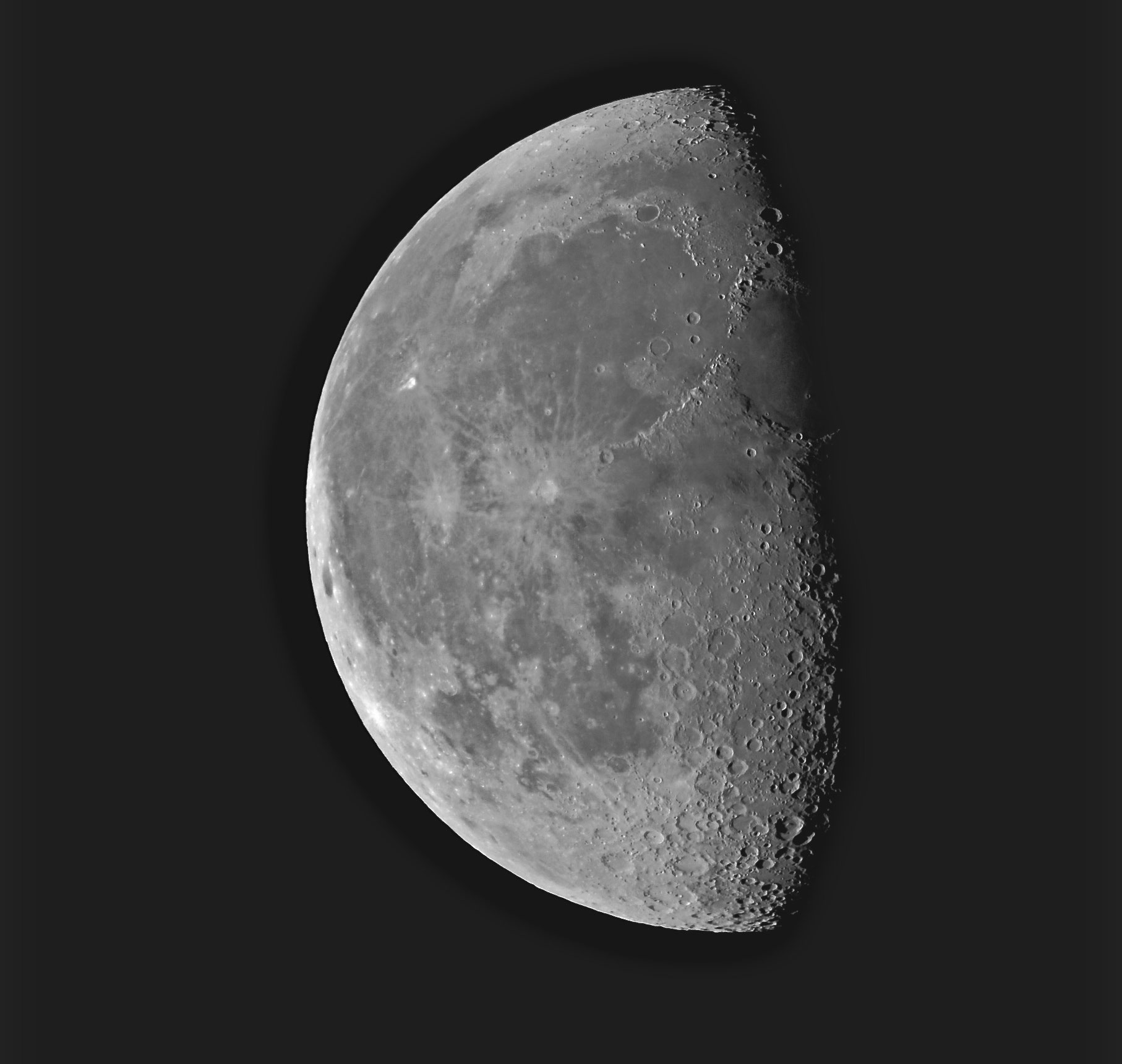
2. Saturn:
3. Ring Nebula:
4. Orion Nebula:
As a BYU undergraduate I viewed the Orion Nebula through a 24-inch telescope. It completely filled the field of view with spectacular detail. There were hints of color in the nebulosity, traces of faint pinks and greens. As a teenager I saw the Ring Nebula—its shape, central star, and hint of green color—through a 20-inch telescope. Not long after, I saw the planet Saturn through a small telescope. It was a surreal experience to see the rings so clearly. For all these years afterward, I have noted that people seeing Saturn for the first time through a telescope often can’t believe it is real.
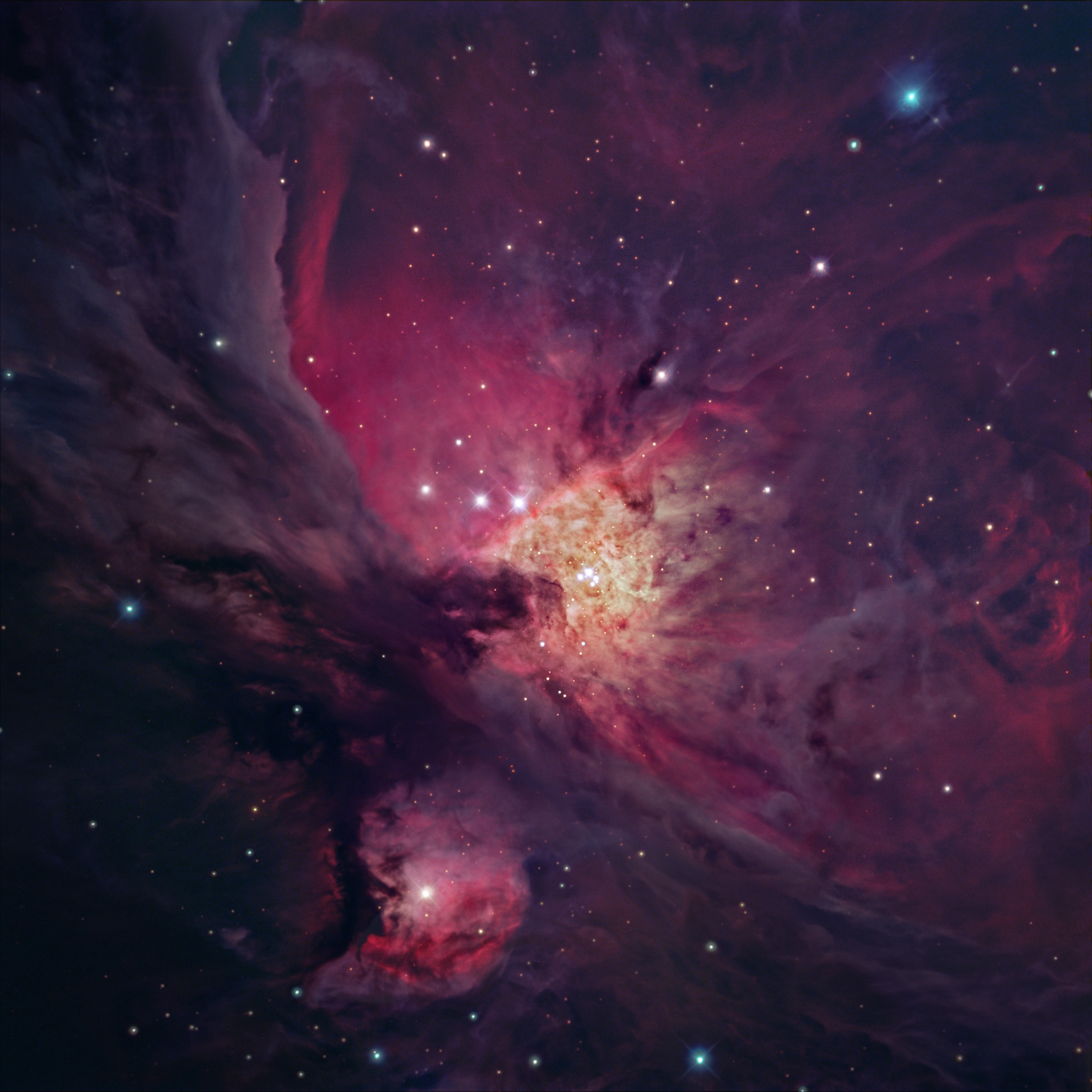
5. 1982 Total Lunar Eclipse:
I watched from the BYU West Mountain Observatory. The Moon was in Sagittarius, not far from the center of the Milky Way. As the Moon passed through the central part of the Earth’s shadow, it turned a deep red at mid-eclipse. During totality, the night sky once lit up by the bright full Moon went dark, making the the Milky Way clearly visible—the dark red orb of the Moon sitting among all the many visible stars.

6. Multicolored Stars:
In the 1980s I observed dark skies from Kitt Peak National Observatory through a 90-inch telescope—the largest telescope I have ever used to actually look through. We looked at the M13 globular cluster in fantastic detail and resolution. I remember the stars showed a huge range of brightness, and it was clear the stars were distinctly different colors.
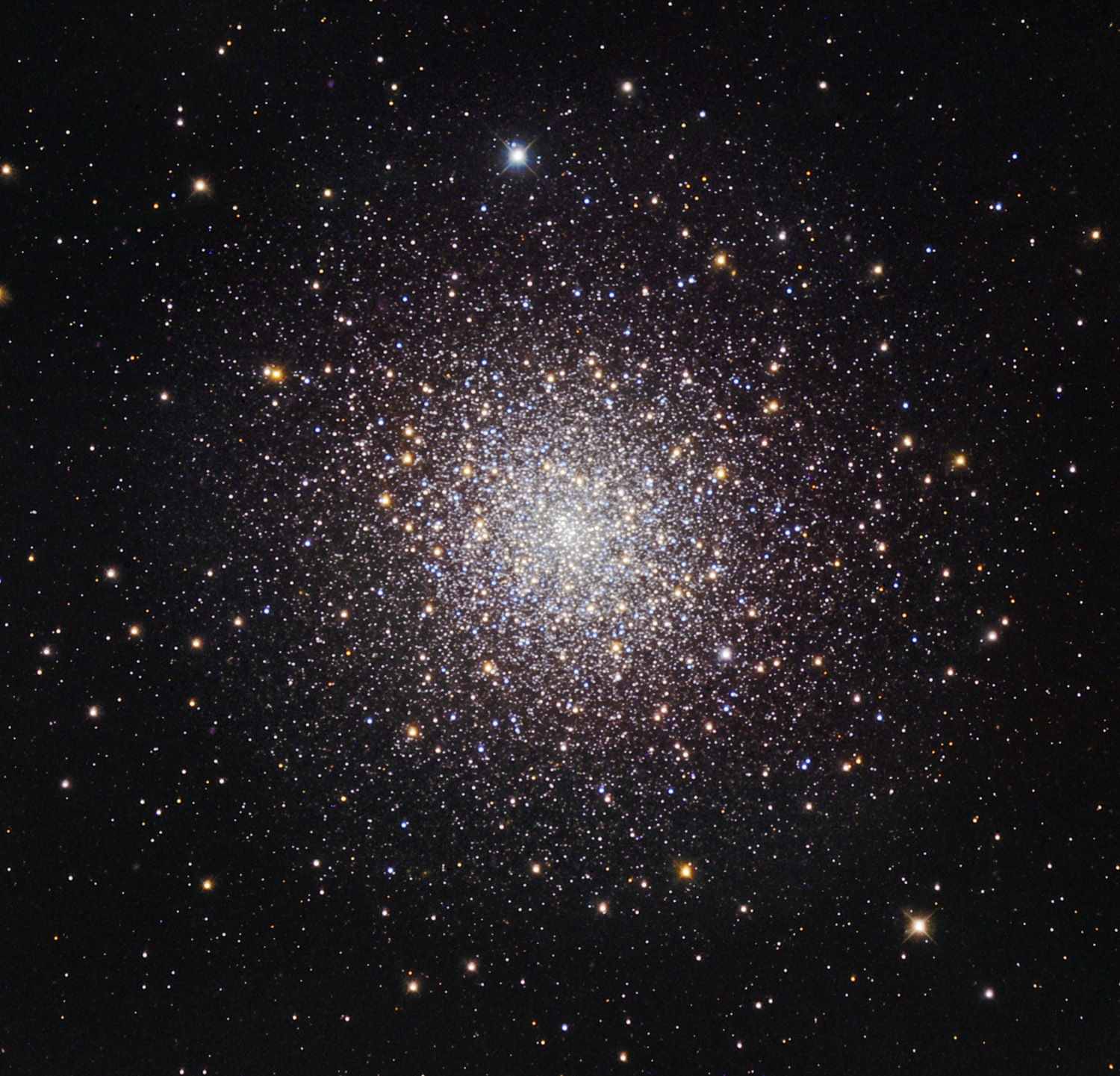
7. The Galactic Center:
8. Annular Eclipse of the Sun:
I saw the May 2012 annular eclipse of the Sun on the eclipse centerline, just outside Kanarraville, Utah. In an annular eclipse, the moon covers all but the outside rim of the Sun. As the Moon passed in front of the Sun, I saw a full symmetric ring of sunlight around the Moon—much more striking than a partial solar eclipse. I remember how the quality of light changed to resemble dusk at the maximum time of the eclipse. In the 1990s I made observing runs in Chile and South Africa. The southern hemisphere sky is fantastic. It is striking to see both bands of the Milky Way meet at the galactic center and to see constellations, like Sagittarius and Scorpio, around the galactic center directly overhead. The southern Milky Way, the satellite galaxies known as the Magellanic Clouds, the dark areas like the Coalsack Nebula, and the star clouds of Carina are all visible to the naked eye.
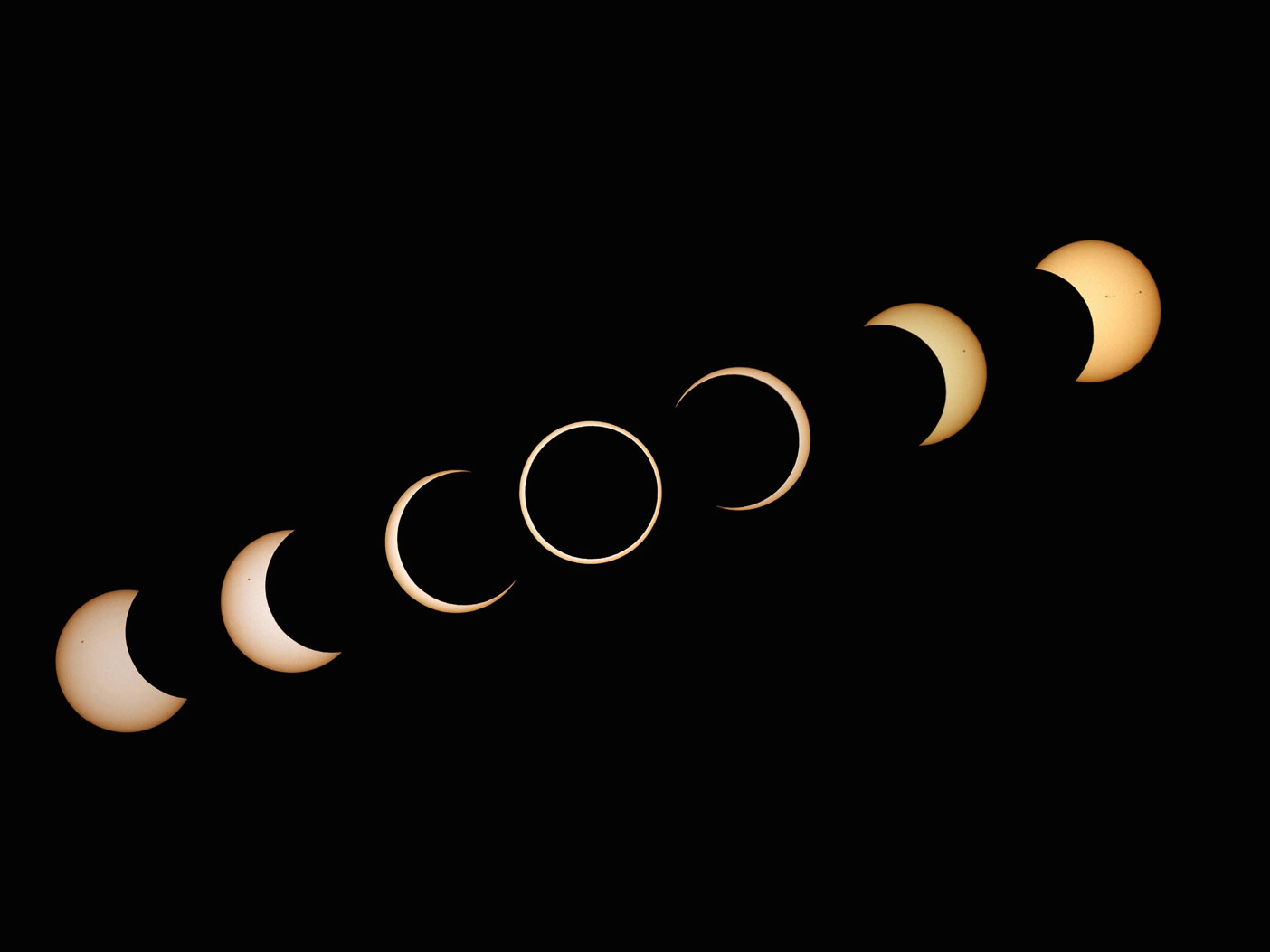
9. Transit of Venus:
The Venus transits (they come in pairs) happen approximately every 100 years. Laid up in the hospital during the 2004 event, I was not going to miss the 2012 transit. (I figured I wouldn’t be around for the next transit in 2117.) I viewed it from a location near Scipio, Utah. Part of my research involves discovering exoplanets by observing their transits around distant stars. It was so neat to see a similar—and really rare—event like this in our own solar system with my own eyes.
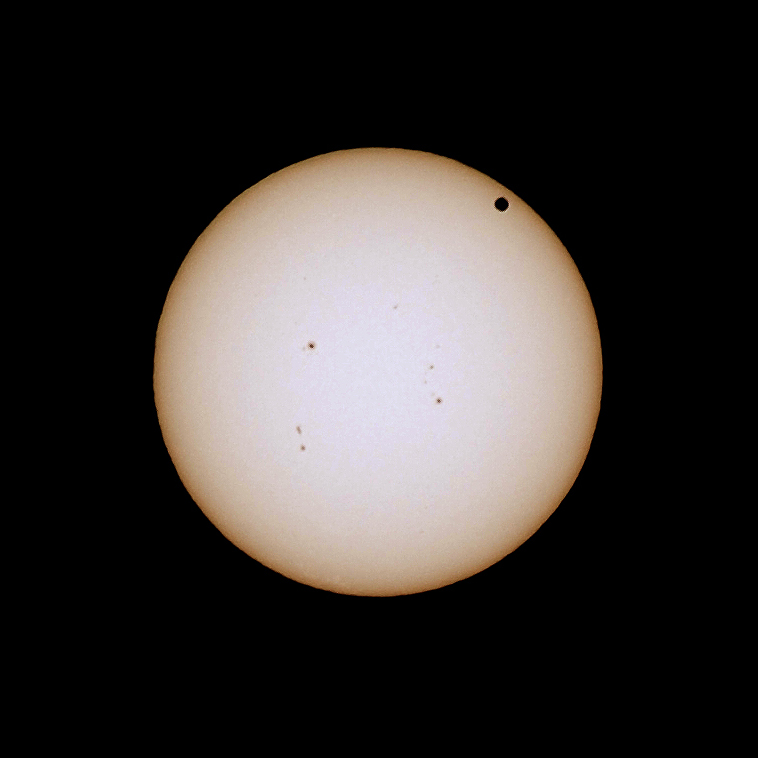
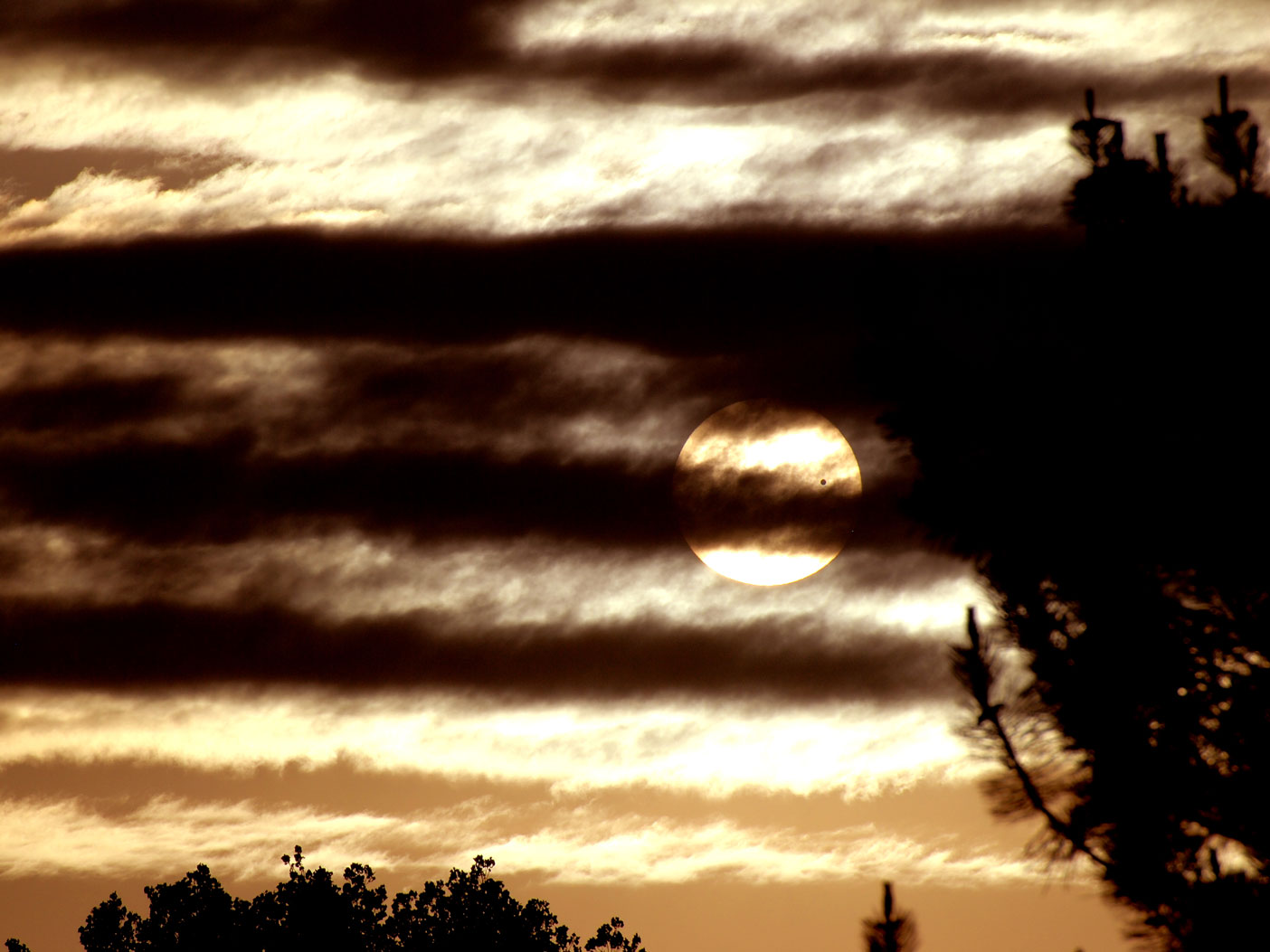
10. 2017 Total Solar Eclipse:
I have been looking forward to this particular eclipse since I first noted it on eclipse maps more than 40 years ago. I saw then that it would be a great opportunity for observers across the United States and would be happening at a time of year when good observing conditions would be likely. I traveled to Riverton, Wyo., for the eclipse. The partly cloudy skies just before totality cleared rapidly, and I was rewarded with the spectacle of day changing quickly to night and the bright stars and planets visible before lunch. The sight of the solar corona glowing around the eclipsed Sun was fantastic. I can truly say that this eclipse rivaled every other astronomical event I have witnessed in my life so far.
